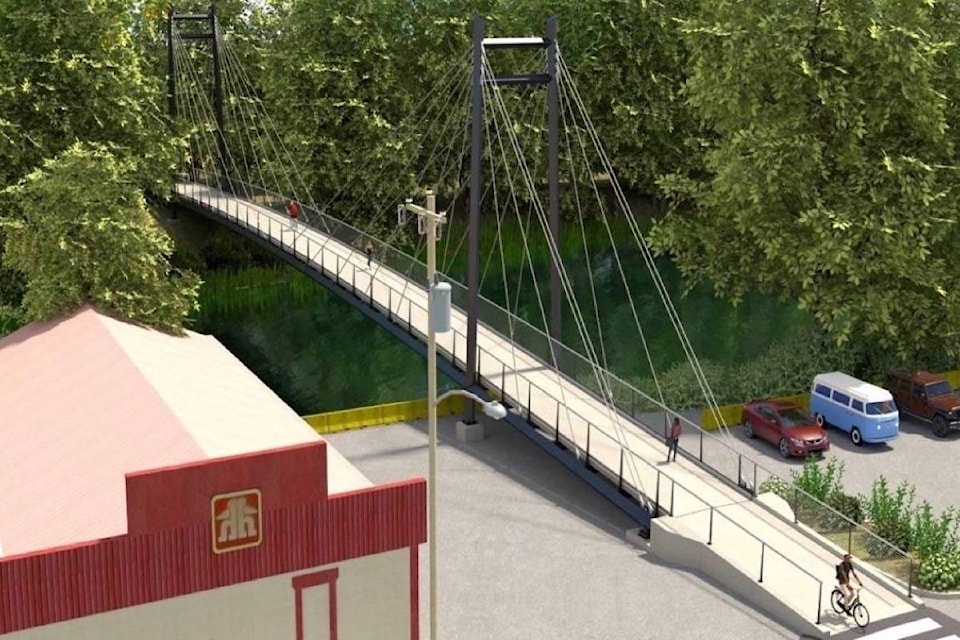Dear editor,
We are concerned to learn that Courtenay council is proposing to design a 6th Street pedestrian/cycling bridge that is only four metres wide.
Researching the British Columbia Active Transportation Design Guide (2019 Edition) shows a recommendation for a minimum width of 4.8 metres for a multi-use pathway to enable pedestrians to have their own “lane” physically delineated.
Our community is growing, the population is aging and building density in the city core is being encouraged. Green projects are being supported to reduce our impact on the environment. Alternative transportation is being promoted provincially and has already grown exponentially during this time with COVID. It appears to us that there are more people out walking, biking, skateboarding and using a variety of mobility devices to move around outside and get about their necessary business these days. This is not a hiccup but rather a trend.
It would be unfortunate to build the 6th Street bridge without looking to the future. Wheeled vehicles (mobility scooters and electric wheelchairs, skateboards, electric skateboards, rollerblades and bicycles) move faster, are heavier and less manoeuvrable than pedestrians. Infrastructure development on roads is now adapting to separate cars and trucks from people on bicycles and pedestrians for safety reasons and using the same rationale suggests that wheeled vehicles should be separated from walkers on a multi-use bridge.
We are optimistic that council will take the necessary time to re-visit their decision and recognize the potential for a well-designed bridge that will meet the needs of all users and meet the highest possible safety requirements. This bridge has the potential to attract residents and visitors into downtown Courtenay in an attractive, pleasant and safe manner well into the future if the right decision is made now. The bridge cannot be widened after the fact.
Judy Norbury for the Comox Valley Accessibility Committee



